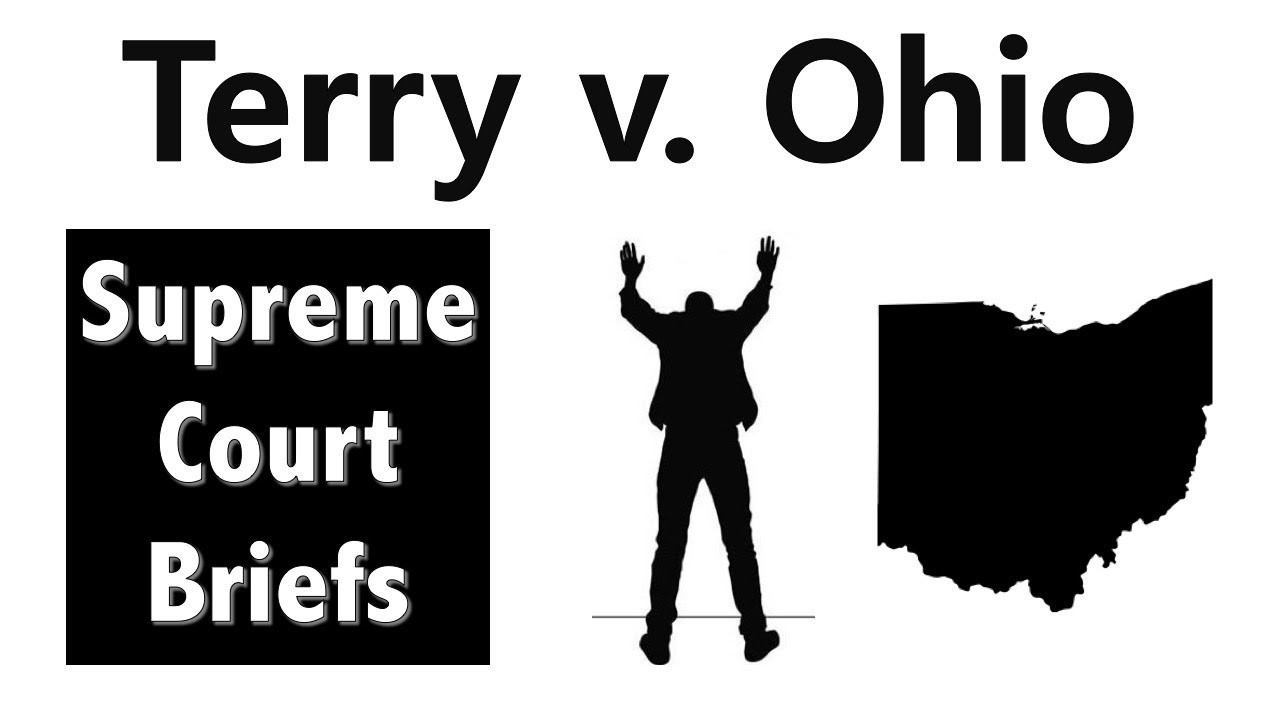Have you ever heard the phrase “my home is my castle”? This concept is rooted in the Fourth Amendment’s protection against unreasonable searches and seizures. The landmark case of Payton v. New York (1980) is a prime example of how the Supreme Court safeguards this right.
The Case:
Theodore Payton was suspected of murder. The police, acting on a hunch, went to his apartment without a warrant and forced their way in. Inside, they found evidence linking Payton to the crime. This evidence was then used against him in court.
The Issue:
The crux of the case hinged on whether the police violated Payton’s Fourth Amendment rights by entering his home without a warrant. New York law, at the time, allowed warrantless entry for felony arrests. However, the Supreme Court disagreed.
The Ruling:
The Court ruled in favor of Payton. The justices argued that the sanctity of a home deserves a higher level of protection. They established that, absent exigent circumstances (like an emergency situation), police generally need a warrant to enter a residence, even for an arrest.
The Impact:
Payton v. New York is a cornerstone of Fourth Amendment jurisprudence. It clarifies the need for warrants when entering a home and protects individuals from unreasonable intrusions. This decision continues to shape police practices and safeguards the privacy of our homes.
Further Points to Consider:
- The case created a distinction between a home and public spaces. Police have more latitude to conduct warrantless stops and searches in public areas.
- The concept of exigent circumstances allows exceptions to the warrant requirement. For instance, if officers believe someone is in immediate danger inside a home, they might act without a warrant.
Payton v. New York is a complex legal issue, but this blog post offers a basic understanding of its significance. It reminds us of the delicate balance between law enforcement’s needs and our right to privacy in our own homes.



